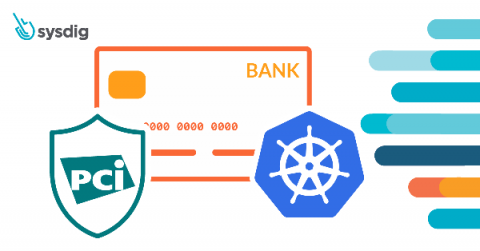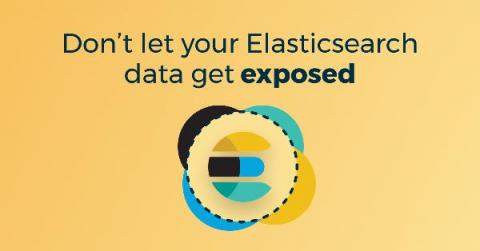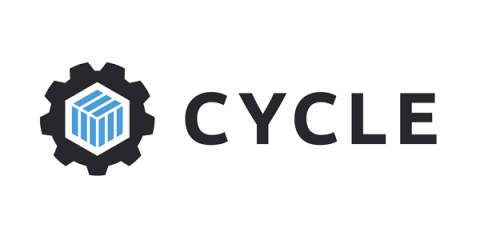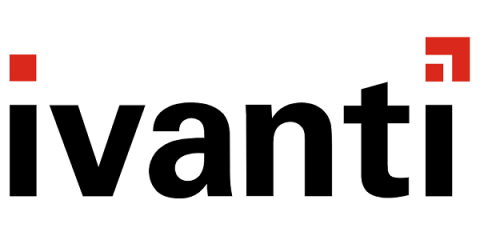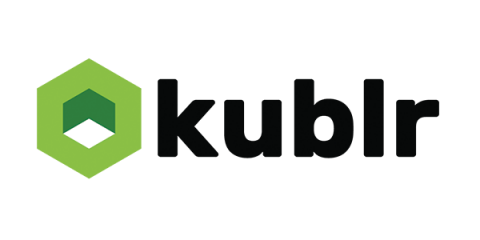Operations | Monitoring | ITSM | DevOps | Cloud
Latest News
How To Use & Leverage The Citrix End-User Activity Report
* Originally published in 2018, reposted as COVID-19 drives increase need for tracking remote worker activity and performance. A major government agency enacted a new policy allowing employees to work from home using Citrix during times of inclement weather. This policy introduced a new visibility challenge for the organization. Read on to discover how they fixed the visibility gaps with the Citrix End-User Activity Report from Goliath.
PCI Compliance for Containers and Kubernetes
In this blog, we will cover the various requirements you need to meet to achieve PCI compliance, as well as how Sysdig Secure can help you continuously validate PCI compliance for containers and Kubernetes. Learn how to meet PCI Compliance Requirements for Container and Kubernetes Environments!
From Web Scale to Edge Scale: Rancher 2.4 Supports 2,000 Clusters on its Way to 1 Million
Rancher 2.4 is here – with new under-the-hood changes that pave the way to supporting up to 1 million clusters. That’s probably the most exciting capability in the new version. But you might ask: why would anyone want to run thousands of Kubernetes clusters – let alone tens of thousands, hundreds of thousands or more? At Rancher Labs, we believe the future of Kubernetes is multi-cluster and fully heterogeneous.
While You Work from Home, Double Down on Elasticsearch Security
As engineers, you and I have a responsibility to protect both our customers’ and our respective companies’ data. But unlike our office networks that adhere to strict security protocols and a well-defined perimeter, our home networks usually fall short. And now that most of us are at home waiting out the COVID-19 pandemic, it’s time to revisit of logging in and Elasticsearch security during while you work from home.
Weathering an Economic Downturn: How Cycle Can Help Your Business Survive
In the last month, we’ve seen one of the most dramatic movements in economic activity ever recorded. Many business owners are clutched in the grips of mandatory closures and uncertainty of the future, for their business and for their employees. The tech world has been hit less hard — at least for now. Remote work is second nature to many of us and offering our products in the digital space means we are open for business.
5 Tips to Make Working From Home Work for You
I'm not sure what your work from home set up looks like, but mine includes an ironing board behind me. There's a set of golf clubs in the corner, and a pile of old clothes on the floor. My late grandmother's bookshelf tries desperately to bring some order to the room, but even it is filled with a hodgepodge of stuff. The problem is, I never intended to work from home. My "home office" can be best described as a storage room mixed with a little bit of the chaos.
Kubernetes Day Two: Transitioning from Development to Production
As your organization gets more comfortable with Kubernetes in development, you’ll want to prepare to adopt it in production. But mastering Kubernetes in dev does not necessarily translate into mastering it in prod. There are many additional components that must be configured and fine tuned to ensure reliable, self-healing production clusters. In this blog, we’ll walk through the key elements of a Kubernetes production setup.
IT Operations in the Age of Coronavirus
Coronavirus has been a shock to the system for many IT organizations that are traditionally accustomed to working together in person. When you’re in an office, you can often use informal methods of communication—like swinging by someone’s desk, calling them on their office extension, or even imparting critical information when you run into them in the company cafeteria.
Glass Table Design: The Good, The Bad, The Ugly, and The Champion
Stop. Before you start adding KPIs to your brand new glass table, make sure you’ve done your homework on design principles.




